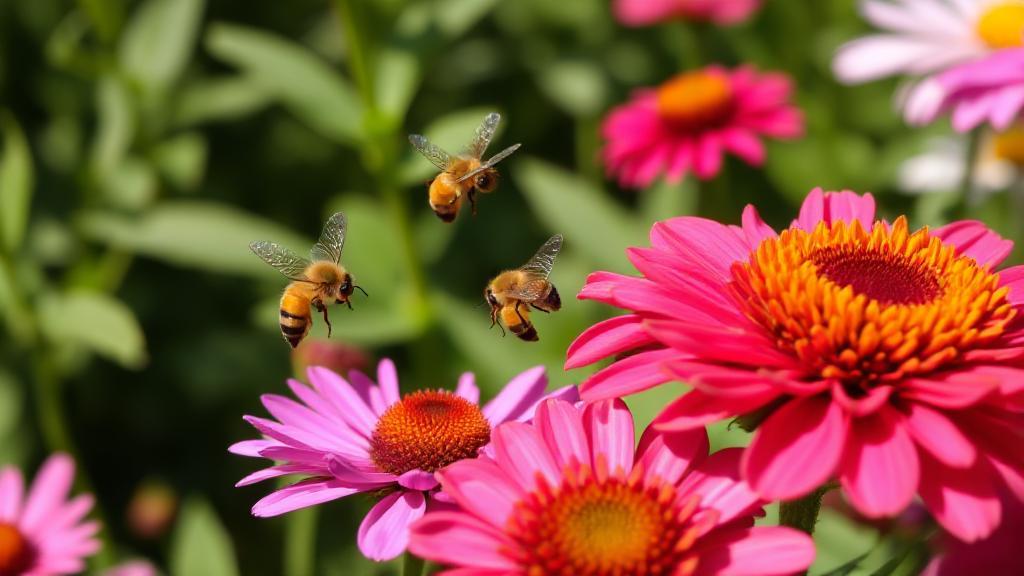Understanding Yellow Jackets and Their Behavior
Yellow jackets are wasps known for their distinctive yellow and black markings. They play vital roles in our ecosystem as pollinators and natural pest control agents, helping maintain ecological balance by controlling pest populations like caterpillars and flies. They are most active during late summer and early fall, becoming more aggressive as they prepare their colonies for winter.
Why Preserve Yellow Jackets?
- Ecological Importance: Natural predators of garden pests
- Pollination: Essential contributors to plant reproduction and biodiversity
- Environmental Balance: Support local biodiversity
- Ethical Considerations: Humane pest control methods are preferred
Identifying and Locating Nests
Yellow jackets typically build their paper-like, umbrella-shaped nests in:
- Ground cavities
- Wall voids
- Trees
- Protected areas like eaves and attics
Look for increased activity in specific areas to identify nest locations.
Prevention and Management Strategies
Secure Your Space
- Seal entry points and cracks in buildings
- Keep trash bins tightly sealed
- Store pet food indoors
- Clean up fallen fruit
- Cover outdoor drinks
- Maintain clean outdoor eating areas
Natural Deterrents
Several natural solutions can help keep yellow jackets at bay:
-
Essential Oils: Mix with water and spray around active areas
- Peppermint
- Clove
- Lemongrass
- Geranium
-
Repellent Plants:
- Spearmint
- Thyme
- Citronella
- Eucalyptus
- Basil
- Mint
DIY Deterrent Spray Recipe
Seasonal Management Approach
| Season | Action Items |
|---|---|
| Spring | Install decoy nests, seal entry points |
| Summer | Maintain clean outdoor spaces |
| Fall | Remove fallen fruit, secure food sources |
| Winter | Repair structures, plan for next season |
Professional Relocation
Safety Note: Never attempt to remove an active nest without proper protection and expertise.
If the nest is:
- Large
- In a difficult-to-reach area
- Located in high-traffic areas
- Causing concern for those with allergies
Contact a professional pest control service that specializes in humane relocation.
Emergency Response Protocol
If you encounter aggressive yellow jackets:
- Remain calm and move slowly
- Avoid swatting or sudden movements
- Leave the area in a controlled manner
- Mark the location from a safe distance
- Contact a professional if necessary
Creating Alternative Habitats
Encourage yellow jackets to nest away from human activity by:
- Installing decoy nests in early spring
- Creating designated "wild zones" in remote areas
- Maintaining natural habitats at a safe distance
- Ensuring proper drainage to prevent ground nests
For more information about yellow jacket behavior and management, visit:
